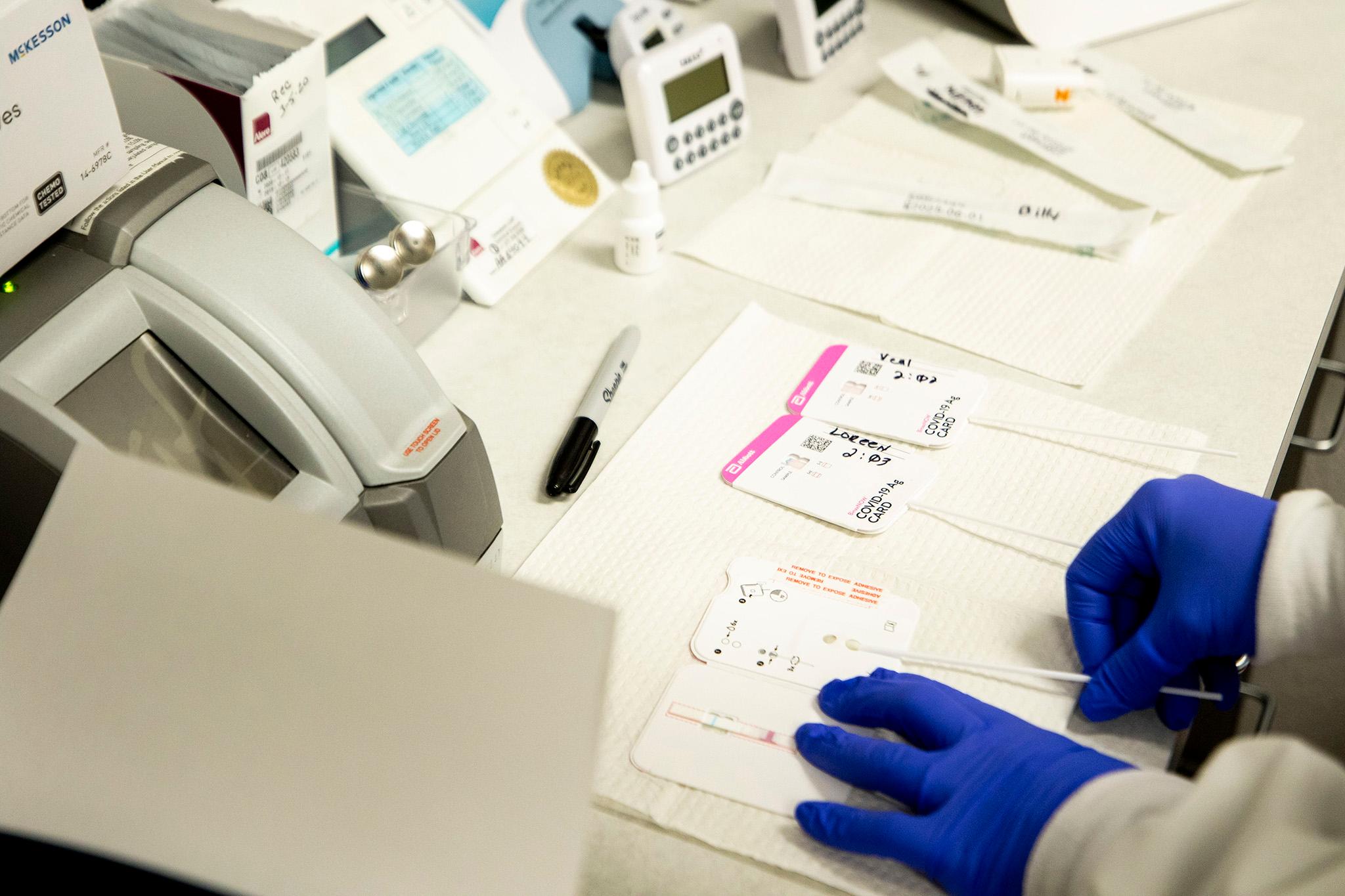
Starting this week, there is one website where Coloradans can see what's happening with respiratory viruses in the state.
The state health department launched its COVID-19 dashboard after the pandemic hit; it first appeared on March 17, 2020, right after the first cases were detected in Colorado. Residents went there to track the latest updated virus data and trends.
For instance, in the week of Oct. 8, 2024, there were 143 people hospitalized with coronavirus, which compares with the pandemic peak of 1,847 on Dec. 1, 2020.
The agency also posted information about other viruses on another dashboard.
Now it's combining all statewide respiratory virus data on one dashboard starting Wednesday afternoon, a change that better corresponds with information displayed by the federal Centers for Disease Control and Prevention. It'll include details about COVID-19, flu and RSV.
Pandemic metrics are still provided
The state's epidemiologist said the new dashboard will still provide information about COVID-19 metrics like hospitalizations, deaths, variants and more. It will also display information about multisystem inflammatory syndrome in children (MIS-C).
“As we continue to transition our approach to monitoring COVID-19, data will focus on the leading indicators of trends and severity including hospitalizations, emergency department visits, percent positivity from sentinel laboratories, deaths due to COVID-19, variants, and wastewater,” state epidemiologist Dr. Rachel Herlihy said.
The updates to CDPHE’s dashboard are consistent with the changing epidemiology of COVID-19 and continue to give information on circulating levels of flu and RSV, said Dr. Michelle Barron, senior medical director of infection prevention and control for UCHealth, via email. “Having this data is a great resource for those wanting to know what might be causing their cold/flu symptoms and what precautions they may want to consider,” she said.
With the combined site, people will be able to more easily see relative levels of each virus in a way that’s easier to navigate, according to the Colorado Department of Public Health and Environment, in a press release.
The new dashboard brings changes to the presentation of data some Coloradans often view and download. “Because the visualizations will change, we will publish new data tables that mirror the data displayed,” the release said.
Not all the data provided earlier will be posted.
Wastewater testing change announced last week
The new dashboard comes on the heels of another change. Last week, the agency announced that it would be posting information about circulating respiratory viruses gathered from wastewater testing on a new surveillance dashboard.
COVID-19 case counts will no longer be displayed on the new unified virus dashboard, according to the release. Over the last couple of years, there have been major changes in some sources of information. For one thing, far fewer people are still doing their own self-tests at home or getting tests elsewhere, so case data is less reliable than before; that makes the case data less helpful than it once was.
The agency said, in its release, that people can now monitor COVID-19 with other tools like “wastewater, sentinel laboratory test positivity, and percent of emergency department visits diagnosed with COVID-19.”
State health data
All data from the dashboard will also still be found on CDPHE’s open data portal.
CDPHE said it’ll continue to track COVID-19, influenza and RSV using a variety of indicators “that together allow for rapid identification of changes.”
The dashboard will still be used as the original COVID-19 site was, to help health care providers and public health agencies to make decisions about how to allocate resources and allow “the general public to assess their risk of disease,” according to the release.
Barron noted the changes come as Coloradans are on the edge of the fall/winter respiratory season when a wave of viruses typically comes.
“We anticipate an upsurge in flu and RSV in the next few weeks and we likely will see another surge of COVID,” she said. “It's a great time to get your shots so you can be protected.”









